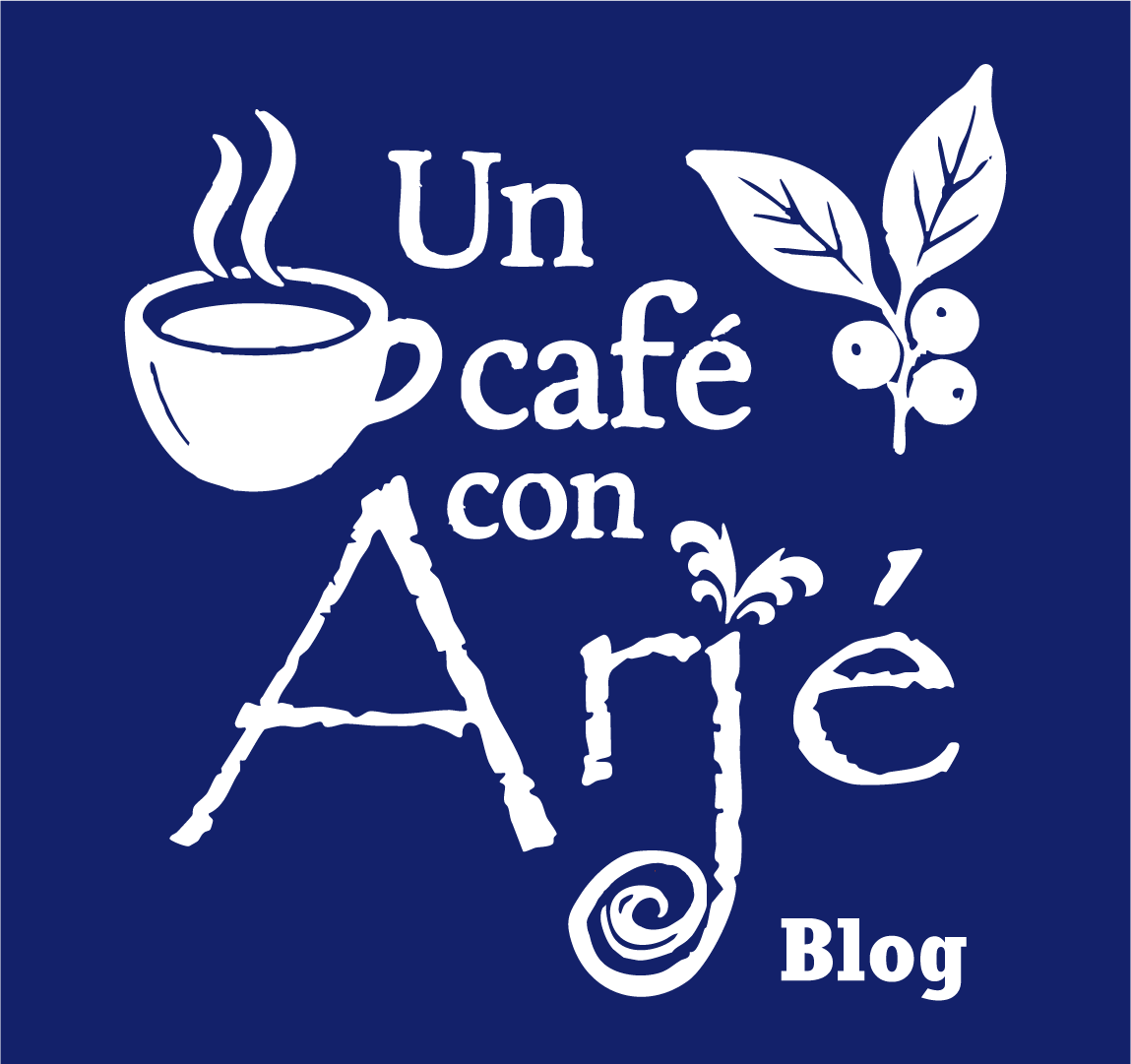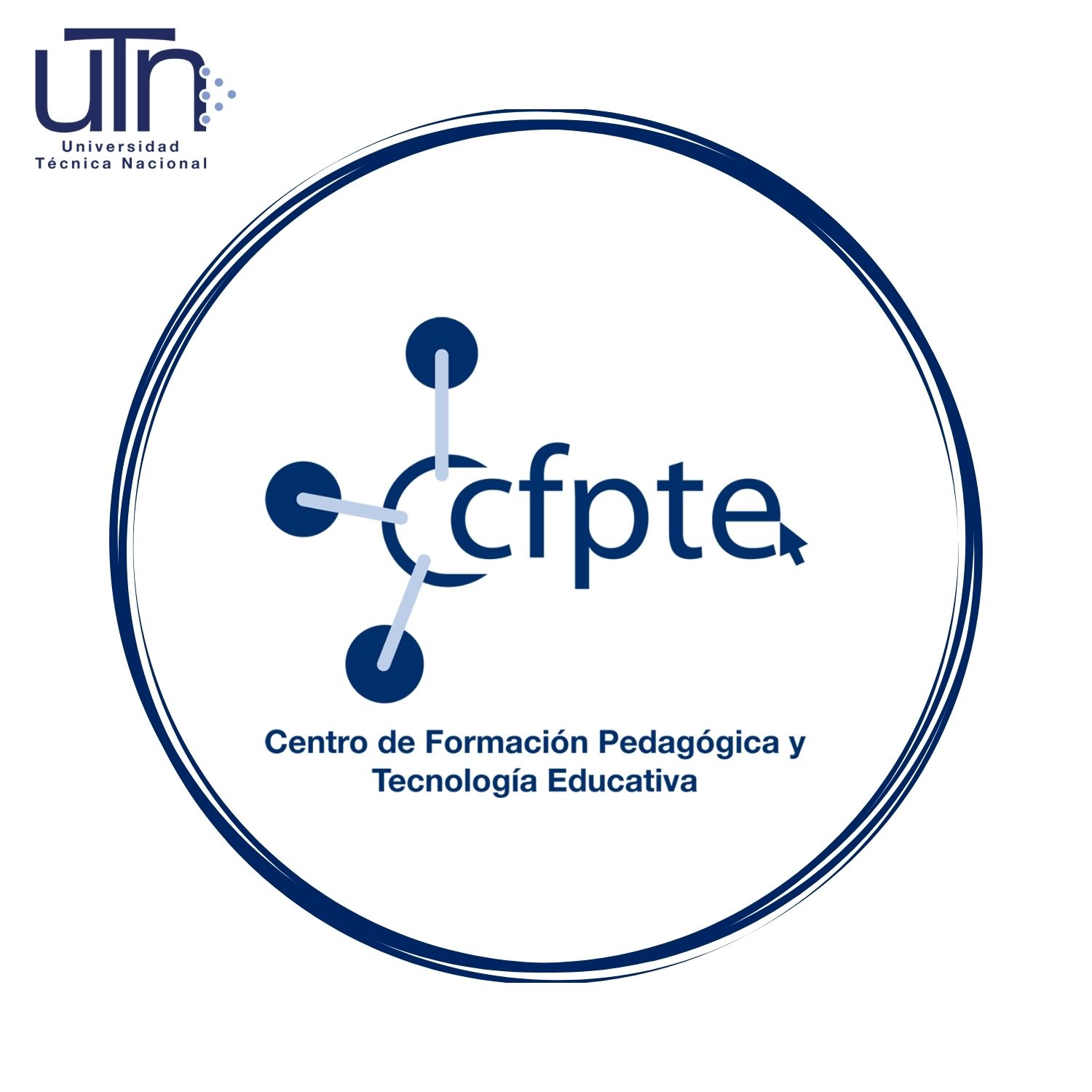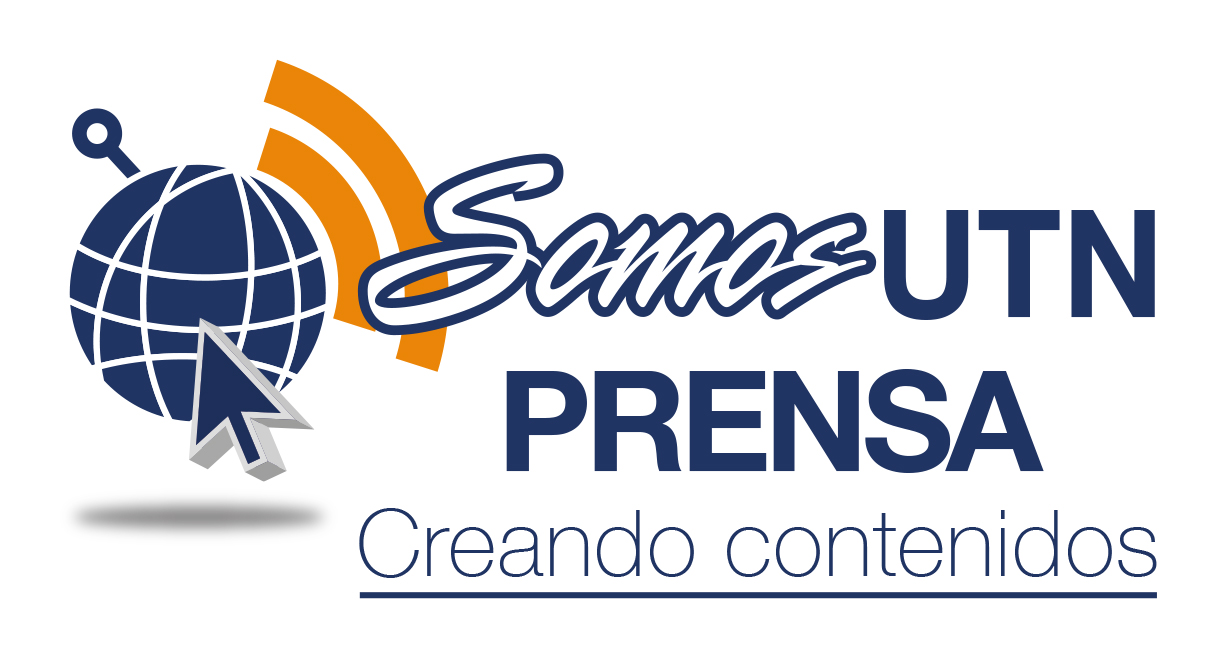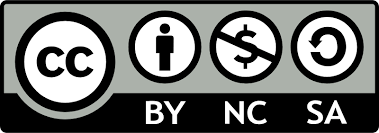Submissions
Submission Preparation Checklist
All submissions must meet the following requirements:
-
The submission has not been previously published, nor is it under consideration by any other journal (or an explanation has been provided in the Comments to the Editor).
-
The submission file is in OpenOffice, Microsoft Word, RTF, or WordPerfect format.
-
Whenever possible, URLs are provided for the references.
-
The text adheres to the stylistic and bibliographic requirements outlined in the Author Guidelines.
-
If the text includes figures or images, the corresponding files must be attached separately and with high resolution.
Peer-reviewed publications (articles, essays, literature reviews)
This section offers publications derived from scientific research, with the required academic rigor, peer-reviewed.
Types of peer-reviewed publications
Scientific articles
Present original results obtained through research processes.
Suggested structure:
-
Article title (maximum 20 words), subtitle (optional).
-
Authors’ names, ORCID, affiliation, city, country, email address.
-
Abstract in Spanish, English, and Portuguese (200 words), along with keywords in each language (five to ten, according to the UNESCO Thesaurus).
-
Introduction (topic, objective, justification, article structure, contextualization, and state of the art).
-
Theoretical foundations.
-
Methodology.
-
Results.
-
Conclusions.
-
Acknowledgments (optional).
-
References (minimum ten, APA 7th edition).
-
Supplementary material (optional).
Literature reviews
An academic study that brings together, critically examines, and systematizes existing scientific production on a specific topic, with the purpose of identifying advances, trends, gaps, and debates in the field. Unlike an empirical research article, it does not generate original data, but organizes and evaluates published literature—articles, books, reports, and other academic documents—to provide a comprehensive, well-grounded, and updated overview that serves as a basis for future research and as a reference for decision-making in the discipline.
Structure:
-
Article title (maximum 20 words), subtitle (optional).
-
Authors’ names, ORCID, affiliation, city, country, email address.
-
Abstract in Spanish, English, and Portuguese (200 words), along with keywords in each language (five to ten, according to the UNESCO Thesaurus).
-
Introduction.
-
Methodology.
-
Results and discussion.
-
Conclusions.
-
Acknowledgments (optional).
-
References (minimum twenty, APA 7th edition).
Extended poster
A mode of academic communication that combines the graphic and synthetic features of a poster with the structural rigor of a short article. Its purpose is to present, in a clear, concise, and visually organized manner, the objectives, theoretical foundations, methodology, preliminary or final results, and conclusions of a research project, supported by graphic resources that facilitate understanding and enhance impact. Unlike a conventional poster, the extended poster includes a written document with greater textual development, bibliographic references, and is subject to academic peer review, which grants it the status of a peer-reviewed short academic publication.
Structure:
-
Article title (maximum 20 words), subtitle (optional).
-
Authors’ names, ORCID, affiliation, city, country, email address.
-
Abstract in Spanish, English, and Portuguese (200 words), along with keywords in each language (five to ten, according to the UNESCO Thesaurus).
-
Introduction.
-
Theoretical framework.
-
Methodology.
-
Results.
-
Development of the proposal.
-
Conclusions.
-
Acknowledgments (optional).
-
References (minimum ten, APA 7th edition).
Academic essays
In these publications, an argument is developed on a specific topic, grounded in the findings of a documentary (desk-based) investigation.
Below is a suggested structure; for a more detailed outline, see the document Guide to the Academic Essay.
Suggested structure:
-
Article title (maximum 15 words), subtitle (optional).
-
Authors’ names, ORCID iD, affiliation, city, country, email.
-
Abstract in Spanish, English, and Portuguese (200 words) together with keywords in each language; five to ten are requested, according to the UNESCO Thesaurus.
-
Introduction.
-
Development (with internal subheadings).
-
Conclusions.
-
Acknowledgments.
-
References (minimum of ten, APA 7th edition).
Talented Footprints
“In this section, we present expressions of the Costa Rican population’s artistic and literary endeavors, underscoring the importance of a comprehensive education that connects the academic with the human.
This is a non–peer-reviewed section which, after issue 2, volume 8 of the Arjé Academic Journal, will be published exclusively on the blog Un café con Arjé
If you wish to submit proposals to the ‘Huellas talentosas’ section, contact us at ajporras@utn.ac.cr and aihernandezg@utn.ac.cr.
Submissions must be original, and the contributor must sign the publication authorization.
Special section
It includes academic contributions that do not fall under any of the previous sections, yet provide information of great importance for the institution.
Starting with volume 9, Special section will no longer be published on the website of Revista Académica Arjé. In order to adopt a more agile, multimodal format that is closer to the community, the contents of this section will henceforth be disseminated through the blog “Un café con Arjé”.
There, they will be published on a continuous basis, with open access and accompanied by complementary materials in different formats (text, image, audio, and video). Editorial curation, quality standards, and the commitment to accessibility remain unchanged.
We invite our readers to visit the blog to continue participating in this space and to discover new contributions.
Special Segment: Earth Charter
Starting with volume 9, the section “Special Segment: Earth Charter” will no longer be published on the website of Revista Académica Arjé. In order to adopt a more agile, multimodal format that is closer to the community, the contents of this section will henceforth be disseminated through the blog “Un café con Arjé”.
There, they will be published on a continuous basis, with open access and accompanied by complementary materials in different formats (text, image, audio, and video). Editorial curation, quality standards, and the commitment to accessibility remain unchanged.
We invite our readers to visit the blog to continue participating in this space and to discover new contributions.
Copyright Notice
Authors who publish with the Universidad Técnica Nacional (UTN) and the Revista Académica Arjé retain their moral rights at all times, including the right to recognition of authorship, the integrity of the work, and the decision regarding its disclosure.
Reuse rights for authors
Authors may:
-
Archive the published version in institutional or personal repositories (self-archiving).
-
Reuse their work, in whole or in part, in books, chapters, or other publications.
-
Disseminate the article through academic and social networks.
They must always clearly indicate the original source of publication:
Originally published in Revista Académica Arjé, Universidad Técnica Nacional, Costa Rica.
Authors must sign the Carta de autorización de publicación as a requirement for their manuscript to be published in the Revista Académica Arjé.
Privacy Statement
The names and email addresses entered in this journal site will be used exclusively for the stated purposes of this journal and will not be made available for any other purpose or to any other party.










